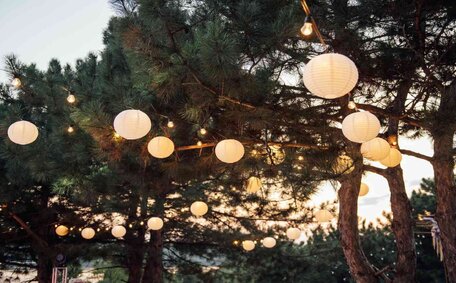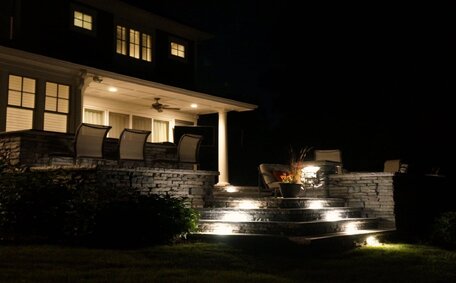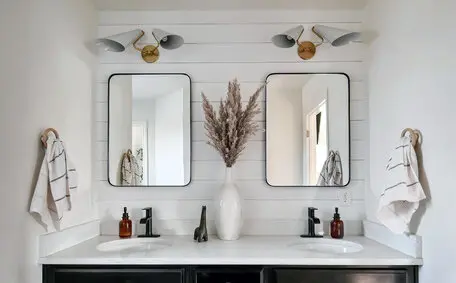
How To Choose The Best Vanity Lighting
Looking for the best bathroom vanity lighting? Illuminate your vanity space with confidence by choosing the right fixtures. Discover expert tips on selecting task, accent, and ambient lighting.
Read MoreThese days, with sustainability becoming increasingly important, the choices we make—even the small ones—can significantly affect the environment. Lighting, a crucial part of our everyday lives, is no exception.
Seeking eco-friendly solutions has truly transformed the lighting industry, going beyond the simple act of flicking a switch. In this guide, we’ll explore why choosing eco-friendly lighting is important and give you tips to navigate the wide variety of sustainable lighting options available.
Environmentally friendly lighting refers to light fixtures and bulbs that are energy-efficient and eco-conscious. This type of lighting aims to reduce energy consumption, minimise environmental impacts, and lower carbon emissions associated with lighting homes and buildings.
When you opt for environmentally friendly lighting, it’s not just about illuminating your rooms. You’re also taking a step toward a greener and more sustainable future. Let’s consider the compelling benefits of energy-efficient lighting:
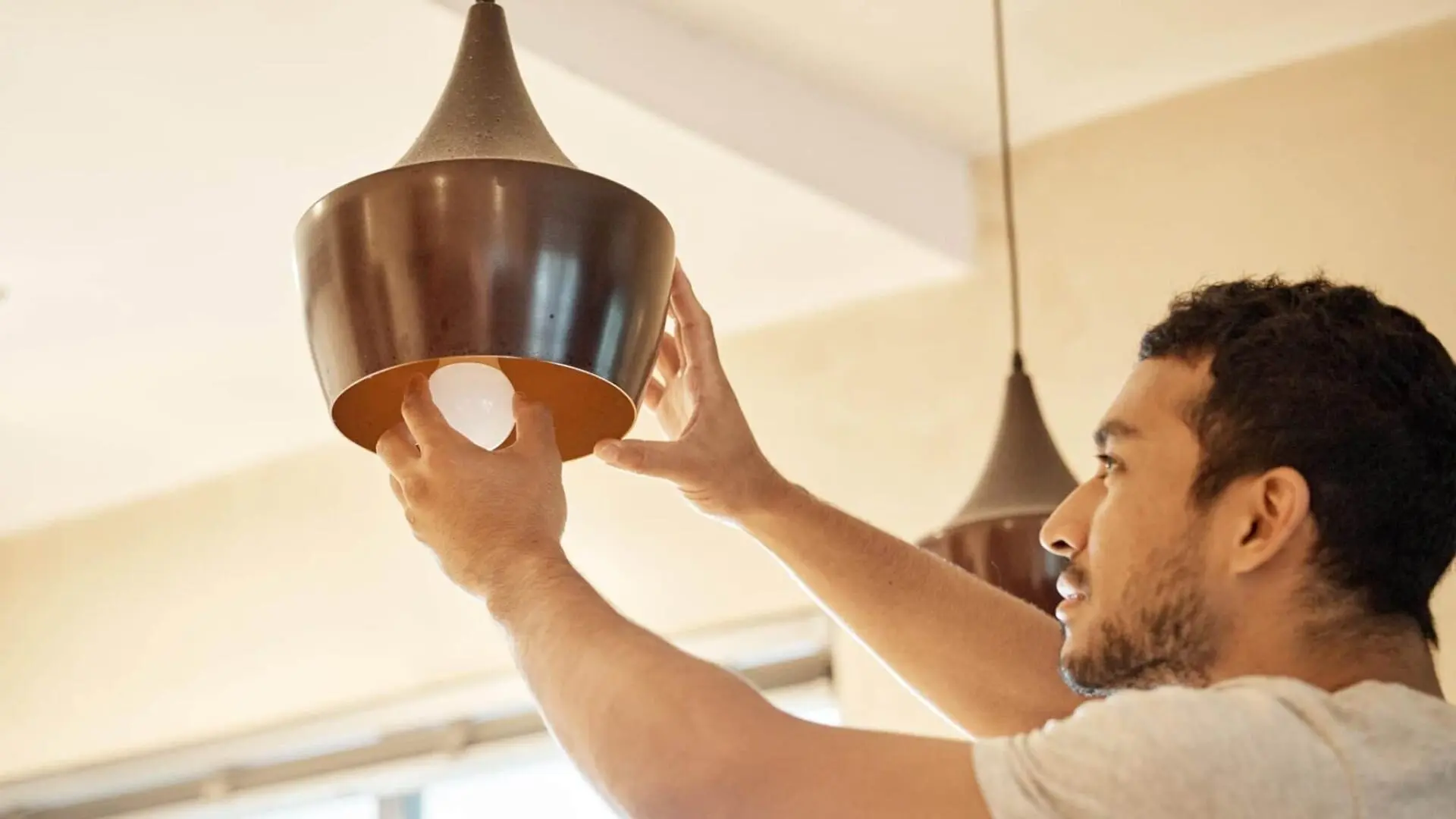
Choosing bulbs that require less electricity can lead to a noticeable drop in your power bills. This helps your hip pocket and reduces demands on energy resources, contributing to a more sustainable future.
Energy-efficient bulbs such as LED and CFL last much longer than traditional incandescent ones. Fewer replacements mean less waste, saving you money and helping the environment.
Because these bulbs emit fewer greenhouse gases when in use, they support global initiatives to fight climate change and help foster a cleaner planet.
Contrary to the misconception that energy-efficient lighting compromises quality, modern options like LEDs offer crisp and vibrant lighting that can transform the ambience of any space. Say goodbye to the flickering and dimness associated with older technologies.
Energy-efficient bulbs come in various shapes, sizes, and colour temperatures, allowing you to choose lighting that suits your preferences and needs. Every setting has an option, from warm and cosy to cool and invigorating.
Unlike traditional bulbs that radiate significant heat, energy-efficient options emit much less heat. This contributes to a more comfortable environment and reduces the strain on cooling systems, leading to additional energy savings.
Lower energy consumption decreases the need for fossil fuels, which helps protect ecosystems and preserve the planet’s delicate balance.
Two primary contenders stand out regarding energy-efficient lighting: Light Emitting Diode (LED) and Compact Fluorescent Lamp (CFL) bulbs. Both options have merits, and understanding their differences will empower you to choose the lighting solution that best suits your needs. Let’s dive into the comparison:
LED Bulbs use semiconductors to emit light, resulting in significantly lower energy consumption than traditional incandescent bulbs. This efficiency translates into reduced energy bills and contributes to a lighter carbon footprint.
On the other hand, CFL bulbs pass an electric current through a gas, producing ultraviolet light that is then transformed into visible light. While CFLs are more efficient than incandescent bulbs, it’s important to note that they tend to consume slightly more energy than their LED counterparts. These distinctions in energy consumption can help you make informed choices when selecting the right lighting solution for your needs.
LED Bulbs have an impressive lifespan, often 20,000 to 50,000 hours or even more, so replacements are rare. This extended longevity saves you money on replacements, contributes to less frequent waste generation, and reduces maintenance needs.
On the other hand, CFL Bulbs also offer a respectable lifespan, typically ranging from 8,000 to 15,000 hours. While this is significantly longer-lasting compared to traditional incandescent bulbs, it’s important to note that CFLs fall short of the extended lifespan of LED bulbs. Considering the lifespan of these bulbs can help you make a sustainable and cost-effective choice for your lighting needs.
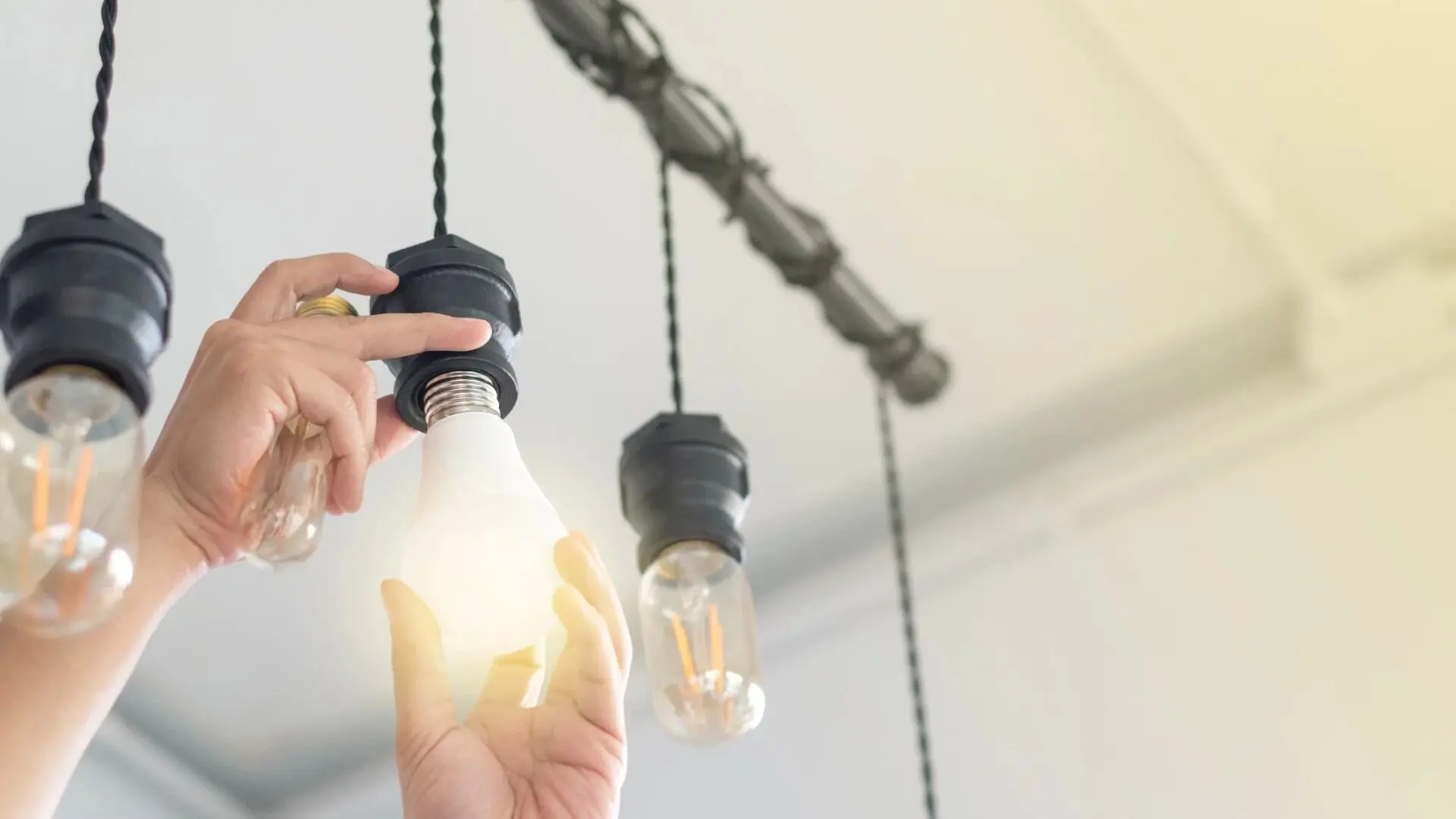
LED Bulbs offer immediate and consistent illumination the moment they are switched on. There’s no need for a warm-up time, making them perfect for spaces where instant lighting is crucial.
In contrast, CFL Bulbs may take a few moments to reach their full brightness, especially in colder environments. Although this delay is usually brief, it’s worth considering if rapid illumination is essential for your specific setting.
LED bulbs offer a versatile lighting experience with various colour temperatures and tones, allowing you to customise your lighting to suit your preferences. Modern LED bulbs produce high-quality light that resembles natural sunlight, creating a pleasant and inviting atmosphere.
While CFL bulbs have made great strides in light quality, some people might still notice a slight difference compared to traditional incandescent bulbs. But thanks to technology, this gap is closing, making CFLs a solid choice for anyone seeking efficient lighting with improved quality.
When selecting environmentally friendly lighting, you must consider several important factors. These will ensure you make informed choices that suit your needs and support a more sustainable future.
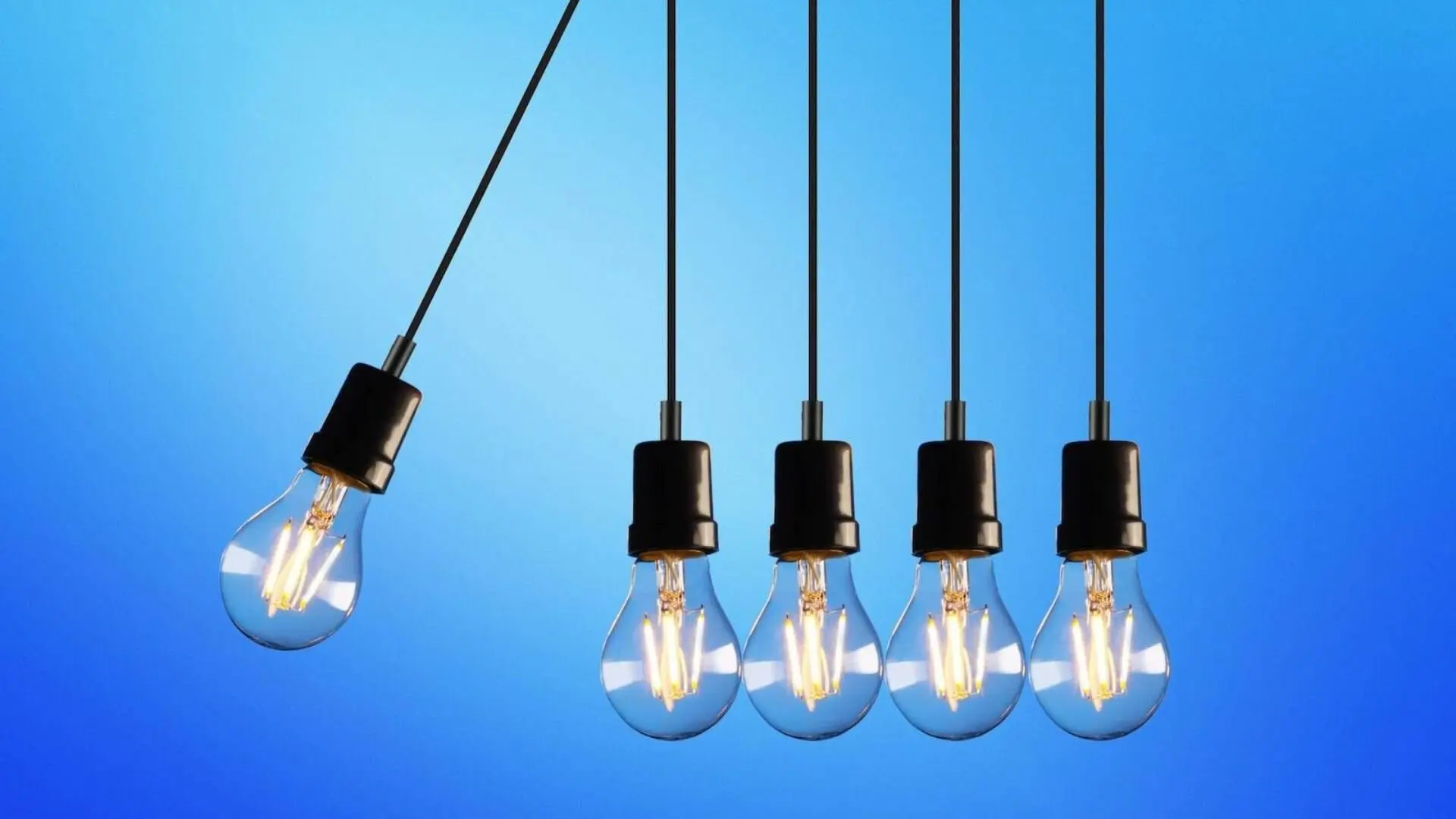
Opt for bulbs with the right brightness level for your space. Instead of fixating solely on wattage, pay attention to lumens—a measure of light output. This ensures you achieve the desired illumination while minimising energy consumption.
Choose a colour temperature that suits your preferences and the room’s function. Warmer tones create a cosy atmosphere, while cooler tones are refreshing and suitable for task lighting.
Ensure the chosen bulbs are compatible with your existing fixtures. Whether you have lamps, recessed lighting, or ceiling fixtures, the right fit is essential for optimal performance.
If you value the flexibility to adjust lighting intensity, consider bulbs with dimming capabilities. Dimmable LED bulbs, for instance, allow you to create various moods and conserve energy when full brightness isn’t necessary.
Keep an eye out for energy efficiency labels, like the Energy Star label, on packaging. These labels offer insights into a bulb’s ability to conserve energy and its environmental impact.
Delve into the manufacturing process and materials used in the bulbs. Opt for options with minimal environmental impact, such as mercury-free and recyclable.
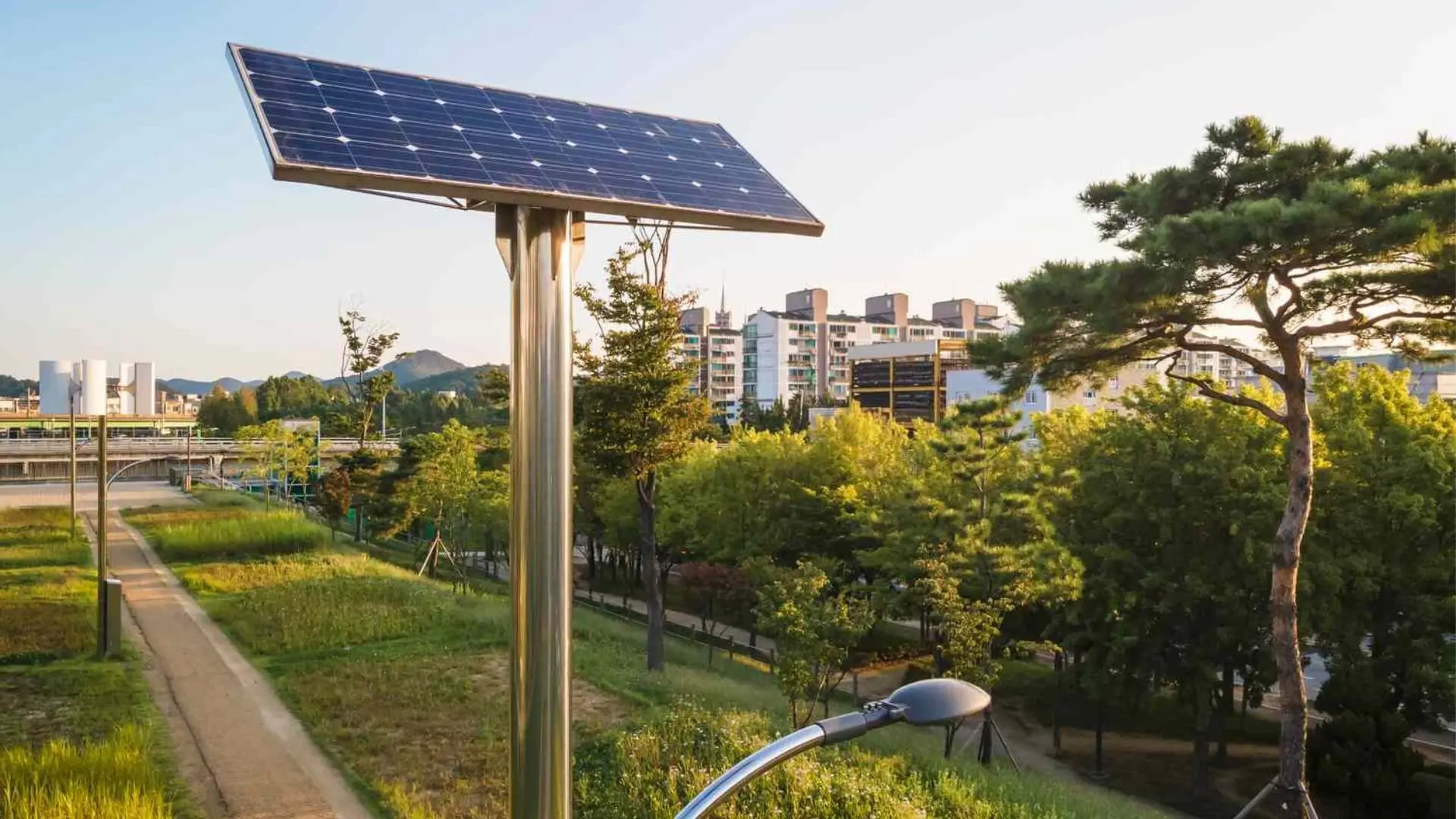
Navigating the world of energy-efficient lighting isn’t just about making conscious choices – it’s also about reaping the rewards that come with responsible decisions. Many government programs and utility companies offer incentives and rebates to encourage individuals and businesses to adopt energy-efficient lighting solutions. By taking advantage of these opportunities, you can further enhance the benefits of your eco-conscious choices.
Explore government initiatives that provide financial incentives, tax breaks, or grants for adopting energy-efficient practices. These initiatives reduce the upfront costs of upgrading lighting and contribute to energy conservation.
Your local utility provider might offer compelling rebates for swapping to energy-saving lighting. These can considerably lower initial costs, making the switch appealing. When choosing lighting products, check for efficiency labels—they often qualify you for rebates, showing they meet energy-saving criteria.
Congratulations! You’ve decided to choose environmentally friendly lighting that brightens your space and contributes to a more sustainable world. By exploring the benefits of energy-efficient lighting, comparing the merits of LED and CFL bulbs, understanding critical factors for selection, and delving into incentives and installation tips, you’ve gained insights that empower you to make informed decisions.
As you embark on your journey towards a greener future, remember that your choices matter. Each energy-efficient bulb you install is a step towards reducing energy consumption, minimising carbon footprint, and embracing a more responsible approach to lighting. And we’re here to guide you every step of the way.
At Bright Force Electrical, we’re more than just a provider of high-quality, level 2 qualified lighting solutions. We’re your partner in sustainable lighting. Whether you’re a homeowner finding the ideal lighting for your home or a business owner looking to brighten up your workspace, we offer expert advice, first-rate products, and outstanding service to meet your needs.
Now, it’s your turn to take action. Reach out to us today! Request a quote or call us to learn how you can transform your space into a beacon of brilliance and responsibility. Illuminate with purpose, and let’s create a brighter and greener future for future generations.
Did you enjoy reading our article “How To Choose Environmentally Friendly Lighting”? We have many related articles you may also be interested in reading, like the below:
Looking for the best bathroom vanity lighting? Illuminate your vanity space with confidence by choosing the right fixtures. Discover expert tips on selecting task, accent, and ambient lighting.
Read MoreTransform your outdoor space with the perfect lighting. Explore various types of outdoor lighting, expert tips, and budget-friendly options to create a captivating ambience for your outdoor oasis. Enhance safety, highlight features, and elevate the aesthetics of your outdoor area with the best lighting solutions tailored to your needs.
Read MoreDiscover the pros and cons of using LED lights for outdoor and landscape lighting. Explore the benefits of energy efficiency, durability, and versatility, as well as important considerations such as colour temperature and weather resistance. Uncover whether LEDs are the perfect choice to illuminate your outdoor spaces beautifully.
Read MoreWe will call back as soon as possible.
